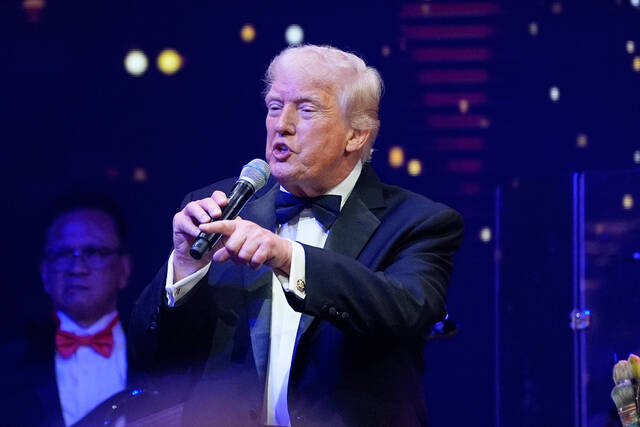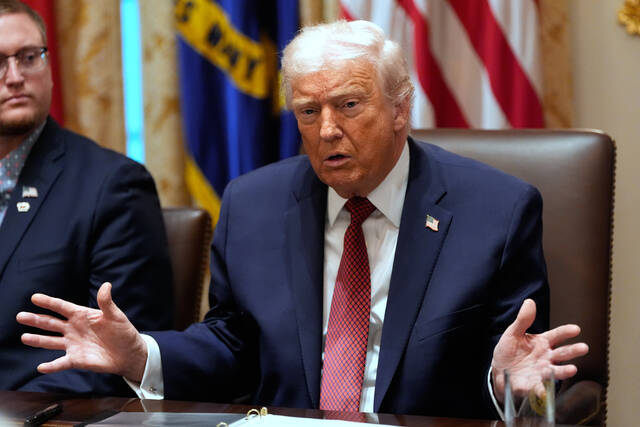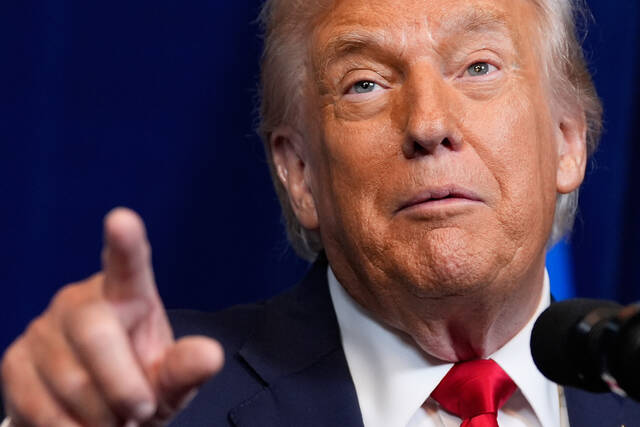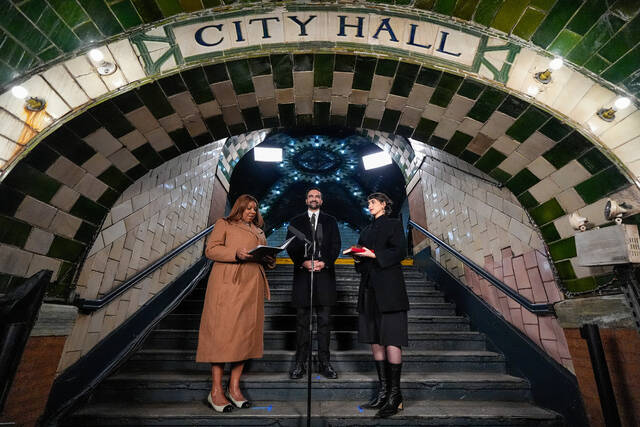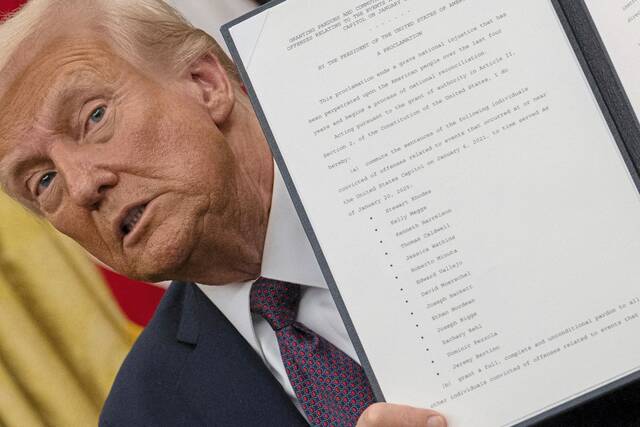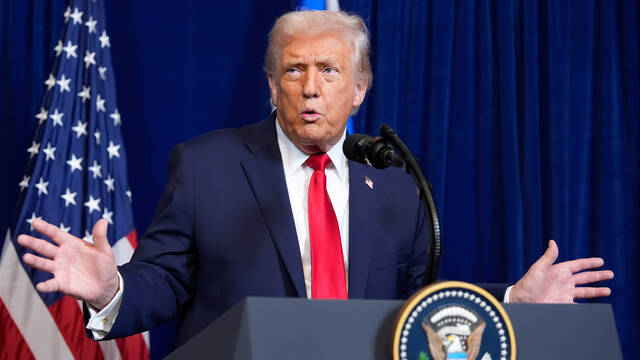Disinformation, misinformation and social media proved a potent brew in the days leading up to the Jan. 6 siege of the U.S. Capitol in Washington, D.C.
Experts say it is important to understand the role each played in inciting protesters to sack the Capitol. But no one was surprised events reached a fever pitch after nearly a year of individuals in various sectors — including the highest levels of government — stoking the flames of discontent on platforms that allowed a false narrative about the election to flourish and spread.
Heather Starr Fiedler has taught classes in social media at Point Park University since the dawn of platforms such as Facebook and Twitter.
“I think it would be silly to say it wasn’t possible for something like this to happen. Given the rise in popularity on social media and alternative sites, it wasn’t so much that it wouldn’t happen, but when it would,” said Fiedler, a professor of multimedia who chairs the Department of Community Engagement.
Researchers who study social media say it has been effective in creating networks where false beliefs thrive among diverse groups. The closely scrutinized 2020 presidential election was decided by nearly 7 million votes and verified by multiple courts and Republican governors. The false belief that it was stolen played a significant role in the events in Washington, multiple experts have said.
Oral arguments are set to begin Tuesday in the Senate impeachment trial for former President Trump, who is accused of helping to incite the insurrection with a speech he gave at a nearby rally before a mob swarmed the Capitol. Five people died.
The narrative of a stolen election began with Trump’s assertion that mail-in voting was ripe for fraud and that the only way he could lose would be through a rigged election. The idea took hold in different ways in different groups.
Kathleen Carley, a social scientist, is a professor in Carnegie Mellon University’s world-renowned School of Computer Science. She has analyzed the impact networks on social media platforms played in the days leading up to the Jan. 6 riot.
“It was a very complex event, very complexly orchestrated,” Carley said.
Right-wing extremists, white supremacists and others saw it as promoting their agenda. QAnon conspiracy believers saw the fruition of their baseless theories. Groups with grievances ranging from anti-vaccinists to those committed to ending covid-19 restrictions seized upon it. Trump supporters who attended massive rallies, sporting Trump regalia, were primed to believe it. And finally, elected officials — many who won reelection in the same election that ousted Trump — began to line up with groups they saw as representing a growing sector of the Republican base.
“The one thing I want to say, and this very relevant for what happened in the Capitol, is it’s not that there is one piece of disinformation they were buying into. It is how they got to that one piece,” Carley said. “Some of them were brought in through ‘all climate change is a hoax.’ Some of them were brought in through ‘the election was a fraud,’ and some of them were brought in by the anti-vaxxer movement.
“What we are seeing is coalescence between different kinds of narratives to build a community.”
Experts say such beliefs are spread through two different modes. The first is disinformation, or false information intentionally spread. The second is misinformation, or a false narrative that takes hold and spreads among those predisposed to certain beliefs or grievances.
Social media bubbles allow false narratives to spread both among so-called bad actors as well as others who are simply open to them, said Michael Colaresi, chair of the Department of Political Science at the University of Pittsburgh and academic director of Pitt’s Institute for Cyber Law, Policy and Security.
“Projecting all of those beliefs up to the hall of mirrors facilitates the spread of them,” Colaresi said. “I think a lot of people do believe the misinformation that is just being passed on to them, and they really are patriots and believe in our democracy. And then there are others who are just fanning the flames. That makes it much harder to solve.”
Facebook has banned certain channels on its platform for spreading false information and calling for violence that fanned the partisan flames following the election, and which escalated into the Jan. 6 riot at the Capitol. Now the social media giant is rethinking the Groups model it shifted to in 2019 because of the proliferation of disinformation behind so many “civic” Groups on the platform, The Wall Street Journal reported last week.
Company data researchers had warned top Facebook officials in August of daily “enthusiastic calls for violence” in one Group that had 58,000 members, the Journal reported. Another top Group was set up in the name of Trump supporters. In actuality, it was run by a group of “financially motivated Albanians” connecting followers to fake news and provocative content, the paper reported.
New twist for old theories
Disinformation is nothing new.
“The Protocols of the Elders of Zion,” a fabricated document purporting to show Jewish plans for world domination, emerged in Russia in the early 1900s and has fueled anti-Semitism ever since. “The Turner Diaries,” a 1978 novel about a race war in America, is a racist and anti-Semitic tract that fanned the flames of white supremacy. They are among two false narratives that flourished in the days before social media.
“Conspiracy theories and the attempts of people to profit off of false information are as old as human language,” Colaresi said.
But there is a new twist to how such theories spread, he said.
One is the surveillance and the ad-targeting models of social media, which messages to be crafted to become more attractive to people.
“The surveillance ad model allows targeting influence at a scale that can be used to sell you a pack of gum or a conspiracy theory,” Colaresi said. “And the other is space. Geography does not limit this.”
Moreover, the institutions that were once barriers to the spread of false information have been thrust into question.
“A lot of it has come down to lack of trust in reputable sources,” said Fiedler of Point Park. “Years ago, we always had the backstop of the mainstream media who would fact check the information. But there are people saying they are not trustworthy anymore. Now the gatekeepers are regular people who haven’t been trained for this and they don’t know how to check.”
The many faces of disinformation and misinformation make policing it dicey.
In instances where false narratives trigger a loss of life or property occur, experts say the law may be the answer.
“In some instances, you need to tag it as false. In other instances, that just makes it more popular,” Carley said. “A lot of it is done by innuendo. Something like, ‘my girlfriend didn’t vaccinate her children and they don’t have autism,’ may be 100 percent true, but it implies something.”
While there are no easy answers, Fiedler said it is important to remember that people are vulnerable to false narratives.
“If somebody tells you often enough that something is a wolf and not a sheep, sooner or later you’re going to believe it is a wolf,” she said.



